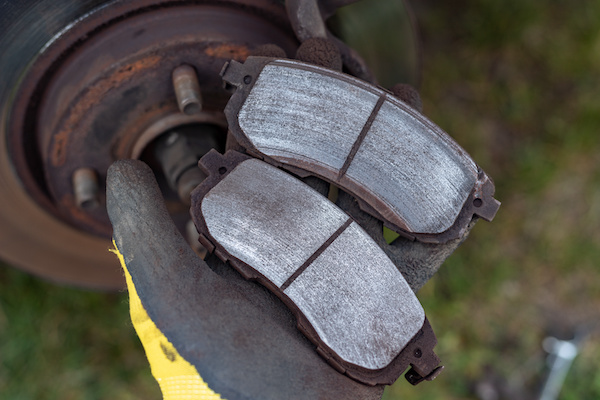
Brakes are easy to take for granted; our cars start and stop, and a working brake system is so seamless that drivers hardly give it a second thought. However, understanding your car's setup can make or "brake" your day when brakes go wrong.
When it comes to your car's brakes, there are two standard options: brake pads and brake shoes. Both are designed to create friction that stops your car, but they work in different ways. Brake pads are found in disc brake systems and are located in the caliper, which is the component that holds the brake pad against the rotor. When you press the brake pedal, the hydraulic fluid pushes the caliper pistons out, causing the pads to make contact with the rotor. The friction between the pads and rotor slows down your car, bringing it safely to a stop.
Brake shoes are found in drum brakes, which are usually located in the rear of the car. When you press the brake pedal, a spring-loaded shoe is forced outward, pressing against the inside of the drum. The friction between the shoe and drum is what slows down your car with this sort of braking system.
So, what's the difference between brake pads and brake shoes? Brake pads are located in the caliper and press against the rotor to slow down your car. Brake shoes are located in drum brakes and press against the inside of the drum to slow down your vehicle. Both have their pros and cons, and while you cannot use both on the same wheel, some cars use brake pads and shoes in conjunction with each other. The key is to know what your vehicle requires and which mechanism best suits your personal needs.
Brake systems are generally reliable and function so effortlessly that many of us hardly notice when they start to go wrong. Don't let your brake system catch you unawares! Routine brake checks are the best antidote; if you need a brake system repair, give All Valley Car Care a call today!